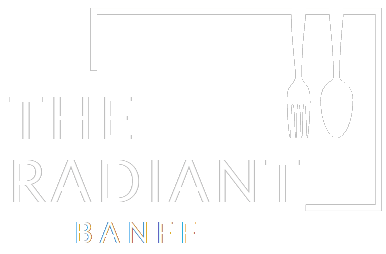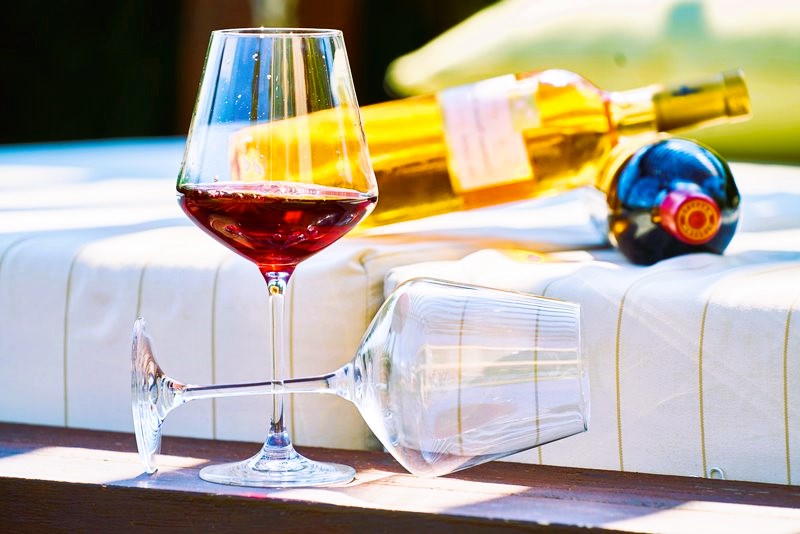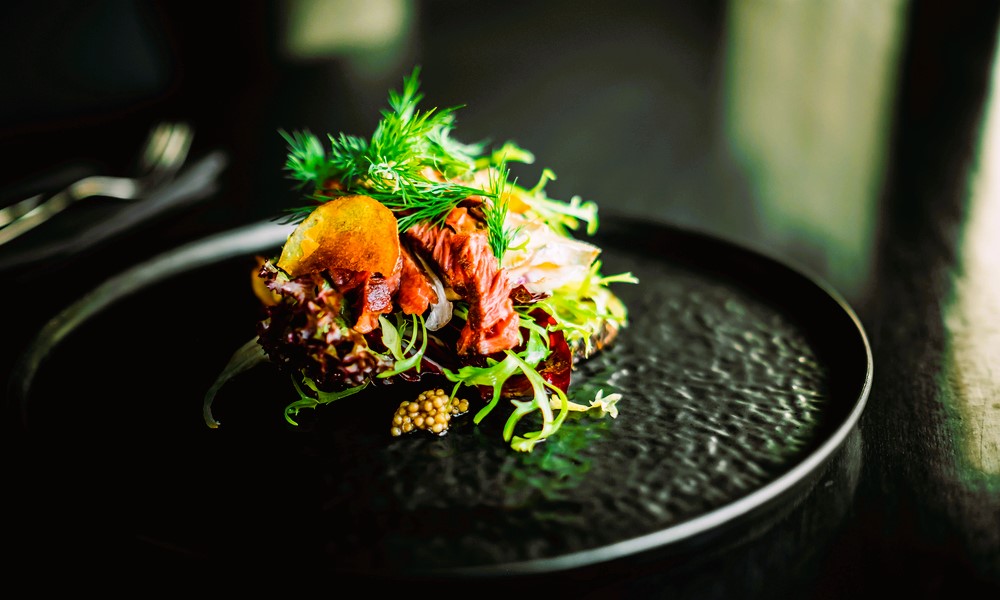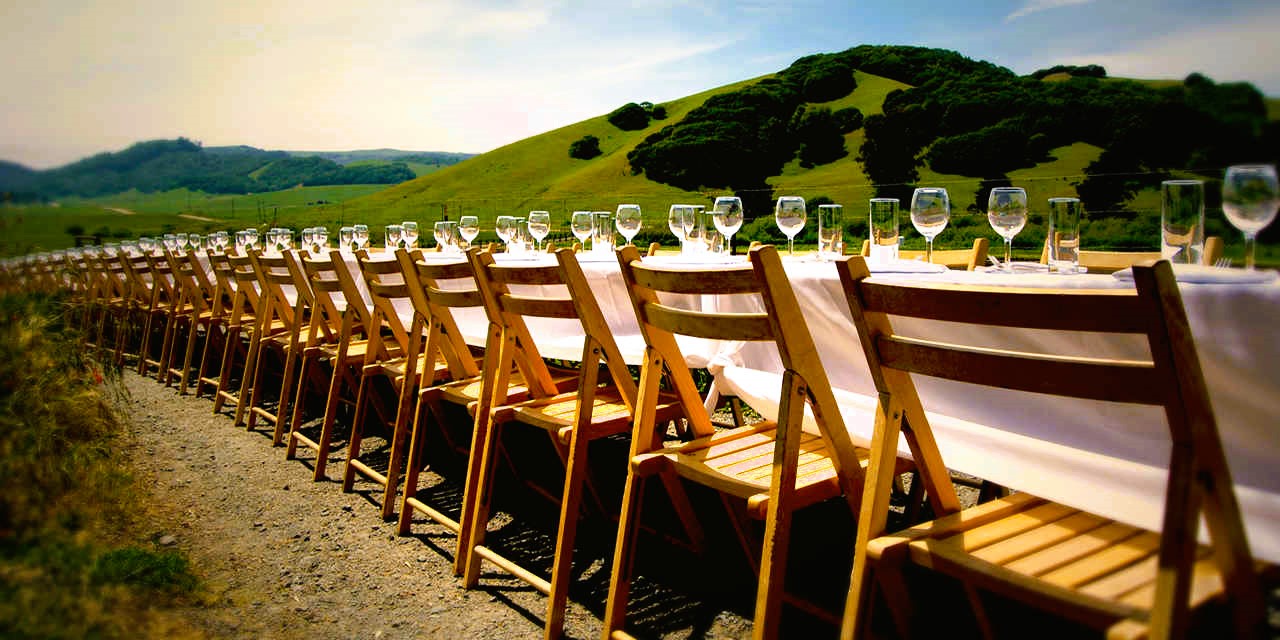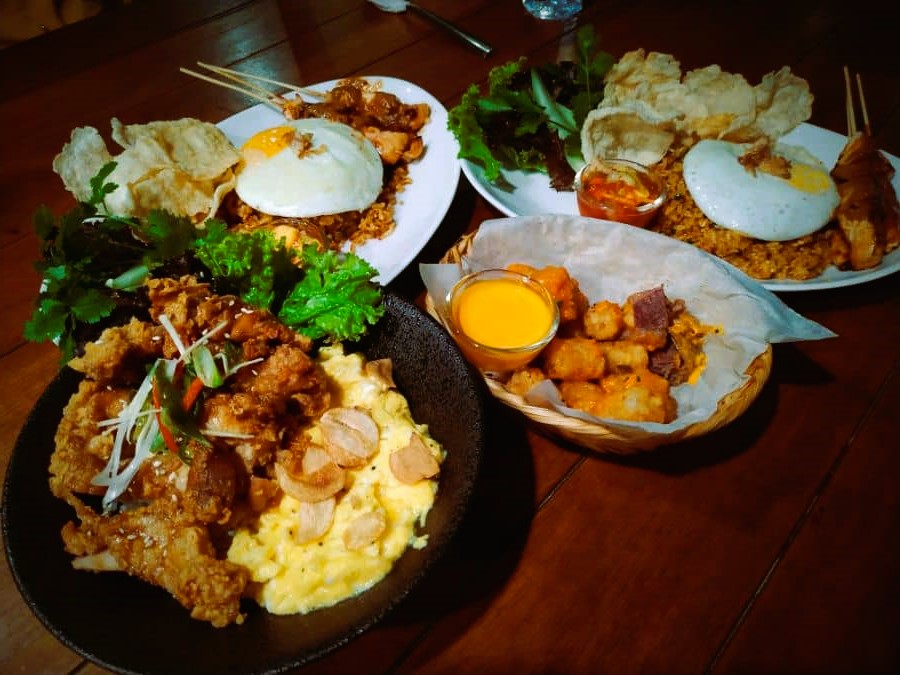Wine has been an integral part of human civilization for thousands of years. Its allure lies not only in its intoxicating effects but also in the complexity of flavors and aromas that each bottle holds. Wine tasting is an art form that allows enthusiasts to explore the vast world of varietals, regions, and vintages. Whether you’re a seasoned connoisseur or a curious beginner, the journey of wine tasting is a delightful adventure that unlocks the nuances of different grape varieties. Join us as we delve into the art of wine tasting and discover the secrets of appreciating the diverse flavors that each glass has to offer.
The Basics of Wine Tasting
Wine tasting is a multi-sensory experience that engages our sight, smell, and taste. The process involves several key steps that allow us to evaluate and appreciate the wine’s characteristics fully.
- Appearance: The first step is to observe the wine’s appearance. Hold the glass against a white background and examine its color and clarity. Whites can range from pale straw to deep gold, while reds can span from vibrant ruby to deep purple.
- Aroma: Next, gently swirl the wine in the glass to release its aromas. Bring the glass to your nose and take in the bouquet. Note the various scents, such as fruits, flowers, spices, or earthy undertones.
- Taste: Take a small sip and let it coat your palate. Pay attention to the wine’s taste profile, including its sweetness, acidity, tannins (for reds), and body. Note any fruit flavors, herbal notes, or other complexities.
- Finish: The finish is the lingering taste that remains after swallowing. A long finish indicates a wine of higher quality and complexity.
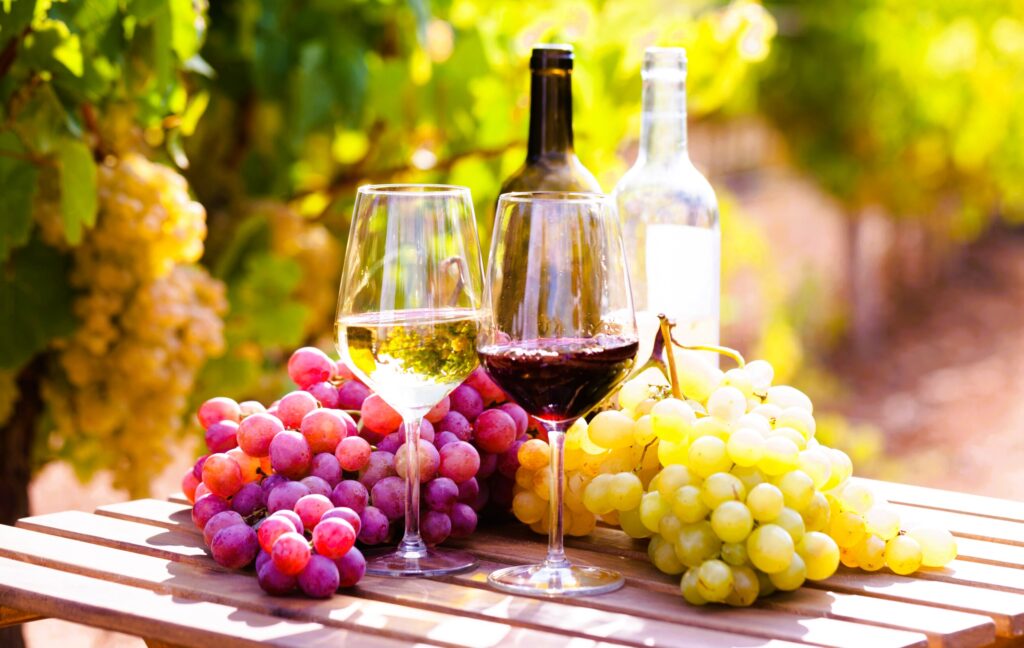
The Nuances of Grape Varietals
One of the most captivating aspects of wine tasting is the incredible diversity of grape varietals, each contributing its unique personality to the wine. Some of the most popular grape varietals and their characteristic flavors include:
- Cabernet Sauvignon: Known for its bold flavors of blackcurrant, blackberry, and cedar, with a firm tannic structure.
- Chardonnay: Offers a wide range of styles, from crisp and unoaked with notes of green apple and citrus to rich and buttery with flavors of tropical fruits.
- Merlot: Typically exhibits ripe plum, cherry, and chocolate flavors with a softer tannic structure.
- Sauvignon Blanc: Known for its refreshing acidity and vibrant flavors of citrus, grass, and tropical fruits. Let’s take you on a tour, from traditional to modern delicacies, in an article titled The Evolution of Canadian Cuisine.
- Pinot Noir: Offers red fruit flavors like cherry and raspberry, often with earthy undertones.
- Riesling: Renowned for its aromatic profile, ranging from floral and honeyed notes to zesty citrus and stone fruits.
Regional Terroir: A Sense of Place
The concept of terroir plays a significant role in wine tasting. Terroir refers to the unique environmental factors of a wine-producing region that influence the wine’s character, including climate, soil, topography, and grape-growing techniques.
Different regions around the world produce wines with distinct personalities. For example:
- Burgundy, France: Celebrated for its exquisite Pinot Noir and Chardonnay, showcasing the elegance and finesse of the region.
- Napa Valley, USA: Known for its exceptional Cabernet Sauvignon, characterized by ripe black fruit flavors and velvety tannins.
- Barossa Valley, Australia: Famous for its powerful Shiraz, displaying intense dark fruit flavors and a spicy finish.
- Mosel, Germany: Renowned for its delicate and vibrant Rieslings, displaying lively acidity and floral aromatics.
Wine Tasting Etiquette and Pairing
Wine tasting etiquette is an essential aspect of the experience, particularly when visiting wineries or attending tasting events. Some common guidelines include:
- Hold the wine glass by the stem to avoid warming the wine with your hands.
- Avoid wearing strong scents that could interfere with the wine’s aromas.
- Use descriptive language when discussing wines, focusing on flavors, and characteristics.
Pairing wine with food is another delightful aspect of wine tasting. Certain wines complement specific dishes, enhancing the overall dining experience. For example:
- Cabernet Sauvignon pairs beautifully with grilled steak or hearty stews.
- Chardonnay complements creamy pasta dishes and roasted chicken.
- Sauvignon Blanc pairs well with seafood and fresh salads.
- Pinot Noir is versatile and goes well with roasted vegetables or duck.
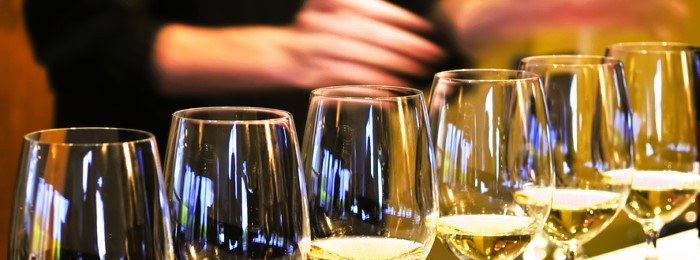
Standards and Safety in Wine Production
Canada’s wine industry adheres to strict standards to ensure the safety and quality of wines. The Canadian Food Inspection Agency (CFIA) plays a vital role in regulating food safety and sets standards for wine production. These standards include quality control measures and labeling requirements, ensuring that consumers can trust the authenticity and quality of the wines they enjoy. (Source: Canadian Food Inspection Agency (CFIA))
Additionally, the Invasive Species Council of British Columbia (ISCBC) contributes to preserving the balance of ecosystems by raising awareness about invasive species that can impact local flora and fauna. Vineyards and wineries are conscious of their impact on the environment and often implement sustainable practices to protect the natural surroundings.
The Joys of Wine Tasting
Wine tasting is more than just a sensory exploration; it is a celebration of history, culture, and craftsmanship. Each bottle of wine holds a story, and with every sip, we connect with the land, the climate, and the hands that nurtured the grapes.
Whether you’re exploring the world of reds and whites at a vineyard, attending a tasting event with friends, or simply enjoying a glass at home, wine tasting is an experience that engages the senses and opens a window to the world of flavors.
So, raise your glass and toast to the art of wine tasting—a journey of discovery and delight that never fails to captivate the heart and palate.
